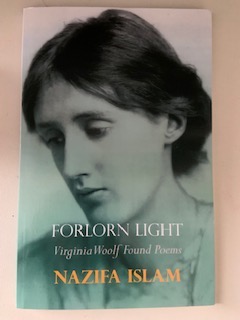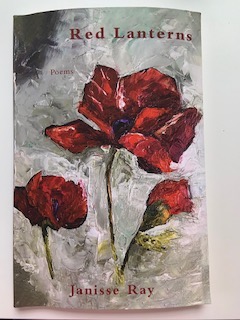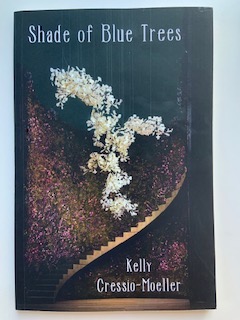Sara Dykman is a scientist and educator, and Bicycling with Butterflies, the spellbinding story of her journey cycling the monarch migration path from Mexico to Canada and back, is full of important information about the butterfly, its annual odyssey, and the threats to both. Yet, she also offers hope, introducing us to people along the way dedicated to creating and preserving environments that support the monarchs and showing us how we can do likewise. As a poet, I especially enjoyed her vivid descriptions of life she observed along the byways. In the chapter Fence Erie, she writes: “There was still possibility wrapped in eggs glued to roadside milkweed, the bravery of a caterpillar alone in its universe of leaves, and the beauty of a granddaughter reflecting tiny suns in her scales while she probed the showy flowers for nectar.” During stops on her travels, Dykman shared the monarch’s story with school children and community groups to help save their migration, believing that “Knowledge, like the rhizomes of persistent milkweed, spreads slowly but surely.” I share my enthusiasm for this book with you in that same spirit. Bicycling with Butterflies can be purchased here. Now, I need to go plant some more milkweed . . .









